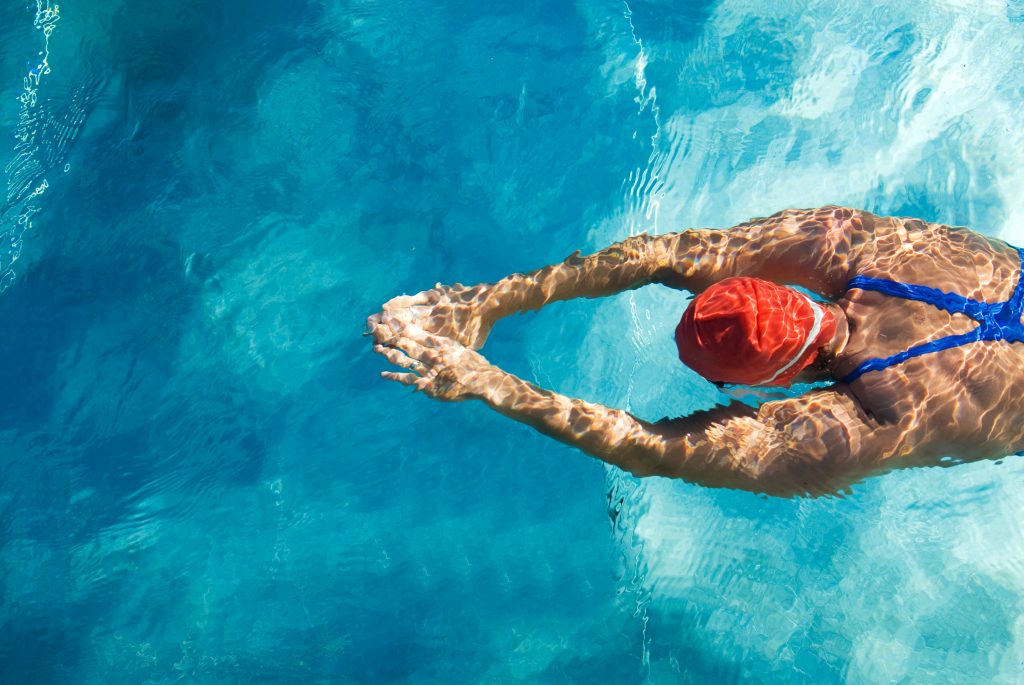Psychosocial factors in overuse injuries
Overuse injuries develop from repetitive stress and are common in sports such as running and tennis. Unlike traumatic injuries (for example, a sprained ankle), overuse injuries cannot often be pinpointed to a single event. Research shows that psychosocial factors play a role in the development of overuse injuries. Individual factors such as competitive drive, perfectionism,…
Yoga and athletic performance
Yoga can have numerous benefits for physical performance and well-being. Research shows that incorporating yoga training into an athlete’s routine can increase flexibility and balance. Adding yoga to your training routine, whether you are a recreational or high-performance athlete, can provide enhancements to overall athletic performance.
Monitoring vitamin D levels for injury prevention
Research shows that a high proportion of athletes are vitamin D deficient. Low vitamin D levels impact muscle strength and endurance, and increase risk for stress fractures. Athletes should monitor their vitamin D levels, especially during Canadian winters, when there is less exposure to sunlight.
Importance of physical activity for post-secondary students

University or college can be a stressful time. Trying to balance academics, social life and physical and mental health can be challenging. Students often find themselves having to sacrifice one thing for another, which can negatively impact their health. Anxiety, stress, and depressive symptoms are common among university students (Herbert, 2022). Physical activity is beneficial…
Beyond food as fuel: Exploring women athletes’ relationship with food

Athletes’ relationship with food can be complicated. This is especially true for women in sport, who tend to have higher rates of disordered eating (Torstveit et al., 2007). The role of sport participation in athletes’ relationship with food is not straightforward. Some studies suggest that sport participation itself can make disordered eating more likely. Other…
Interval training
Interval training consists of repeated high-intensity exercise, lasting from seconds to minutes, followed by a recovery period. Common forms of interval training include high-intensity interval training (HIIT) and sprint interval training (SIT). Read more about how HIIT and SIT can produce greater improvements in a person’s physiology than longer duration, low or moderate intensity exercises…
Cerebral Palsy: Exercise Recommendations
Exercise and physical activity have the power to change the lives of individuals with Cerebral Palsy (CP). Recent studies show that 75% of people living with CP spend nearly all their waking hours engaged in sedentary activities. Individuals with CP experience many benefits from individualized exercise programs, including increased endurance, motor function, and stability, as…
Alpine sport injuries
Skiing, snowboarding and sledding put the participant at risk for injuries. Proper prevention strategies are key when it comes to avoiding alpine sport-related injuries. Some strategies for keeping safe include wearing properly fitted protective equipment, knowing the alpine responsibility code, looking at the environmental conditions and acknowledging your skill level.
Osteoporosis and exercise
Osteoporosis is a disease that weakens the bones, making them more susceptible to injuries. Research shows that exercise can help increase bone mass density, thereby reducing the risk of developing osteoporosis. High impact exercise including vigorous aerobic exercise, weight training and running is better at increasing bone mass density than low impact exercise, such as…
Making contact sports safer
Concussion is a serious concern in contact sports. A New Zealand research team of clinicians, sport scientists, and engineers is exploring the potential of soft-shell headgear and coaching programs that could make sports like rugby safer for all players, and especially youth.